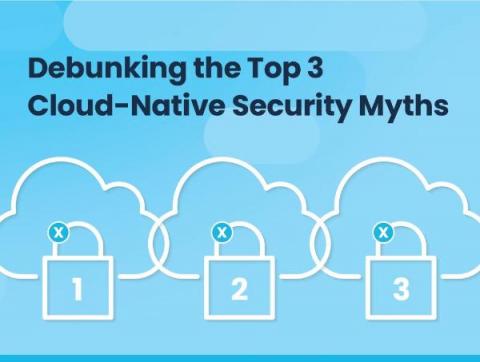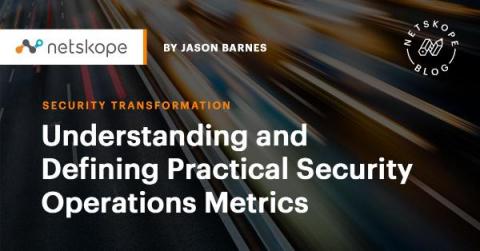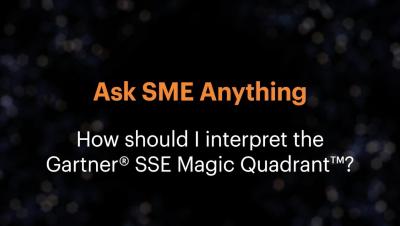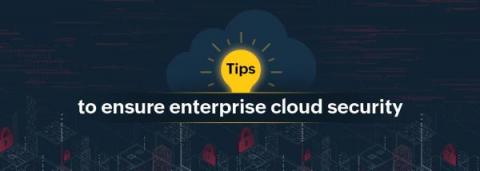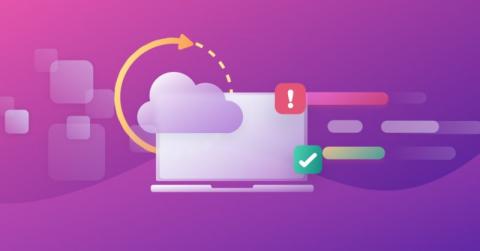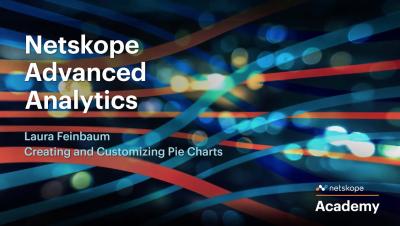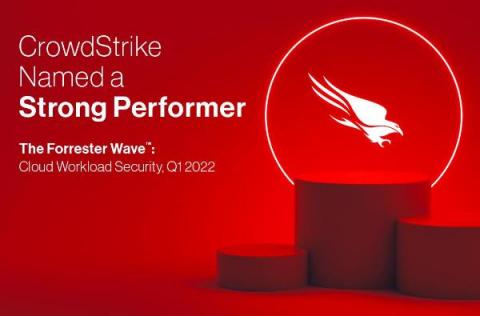6 Critical Areas of Cloud-Native Security That Are Influential in 2022
Cloud computing has emerged as the go-to organizational workload choice because of its innate scalability and flexibility. However, cloud computing still comes with some security risks. Examining cloud security is an important part of adopting this new technology. Presently, cloud-native security is experiencing changes and innovations that help address security threat vectors.





